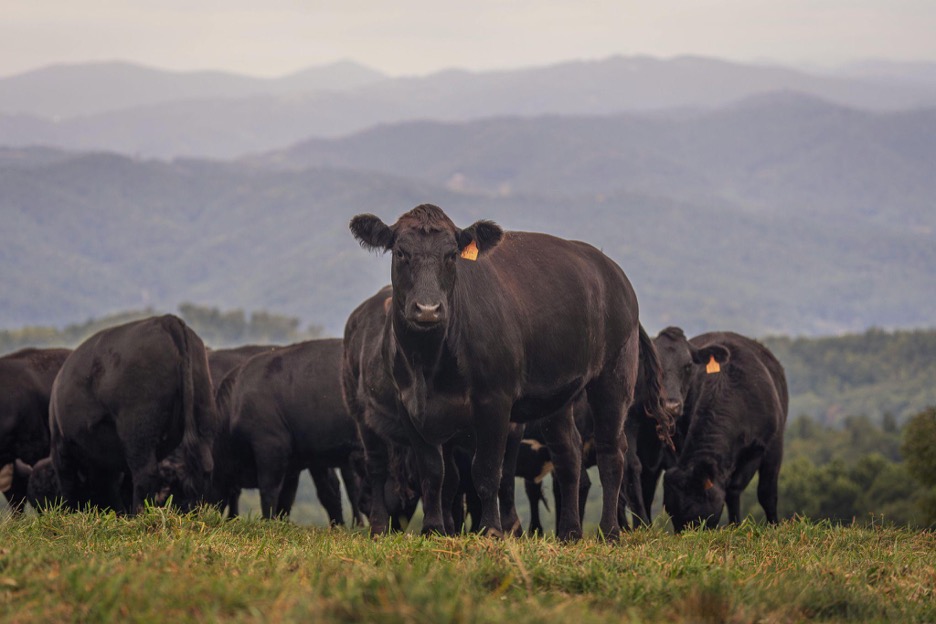
Have you gone to the grocery store this summer and done a double take at the price of the hamburgers that you picked up to put into your shopping cart? This January, in their biannual report on cattle numbers, the USDA reported that the beef cattle supply is the lowest in 61 years. Reports from the spring show that these numbers have continued to decline, approaching record lows.
Consumers have been seeing and feeling the impact of the low cattle herd in grocery stores and restaurants as the average price for a pound of beef in U.S. cities reached $5.98 in May 2025. This is the highest price on record since the U.S. Department of Labor started tracking monthly beef prices in the 1980s. Despite these record prices, consumer demand holds strong for beef.
There are many questions surrounding the beef cattle supply shortage and what this means for the broader industry and consumers alike. Here is what we know and how we at MPSC fit into the conversation.
What is the cause of the cattle shortage?
The beef cattle supply shortage has been predicted for quite some time due to the trend of herd numbers. The root cause of the low cattle herd can be traced back to weather events such as drought and wildfires. Drought has lessened the number of cattle being sent to market and constrained supplies. The presence of persistent drought has a wide impact on agricultural productivity as a whole that eventually manifests as higher prices for products like beef. Drought impacts cattle feed prices and the quality of grazing land, which reduces herd numbers and the industry’s overall profitability.
Additionally, the New World Screwworm found in Mexican cattle prompted a halt in imports of cattle from Mexico, which is a significant supplier to the United States. This further tightened domestic cattle supplies and compounded the problem. The US has not produced enough lean domestic beef to meet demand for decades and relies heavily on imports.
Weather variability has increased pressure on farmers globally, making the predictability of the growing season unpredictable. As warmth moves into northern regions and stays, farmers will continue to feel the burden as storms become more intense and wreak havoc on the land.
How long will it take to rebuild the cattle herd?
It takes between 2-3 years for a cow to reach maturity. Building back the cattle herd to a more stable number will take several years.
The length of time associated with the cattle cycle is 8 to 12 years. Predictions of where we are in the cycle vary, but we are towards the beginning of the rebuilding process. “Exceptionally robust burger demand has deepened the cycle this time,” remarked MPSC CEO Warner Ide. “Recently in Australia, we even saw cow prices exceed those for steers due to the US demand for lean trim.”
What does this mean for prices?
Prices are anticipated to remain high for the rest of 2025 as consumer demand remains strong despite these price increases. These prices are expected to hold and could reach new records in 2026. Prices will not come down for beef until the cattle herd slowly rebuilds or there is a stark decrease in demand.
At MPSC, we do better when our customers do better.
Our technology and services can help farmers and packers get more for the hard work they put into their herds while receiving a higher economic reward in return.
Rinse and Chill® allows our customers to save on key areas such as energy and water while getting a higher yield. Our product also allows packers to extend their buying radius, allowing them to go farther literally and metaphorically. After almost thirty years of continuous development and literally billions of meals happily served, Rinse & Chill® is a proven way to enhance economic performance, create a safer product with improved quality attributes, reward your producers, and reduce your plant’s carbon footprint.
